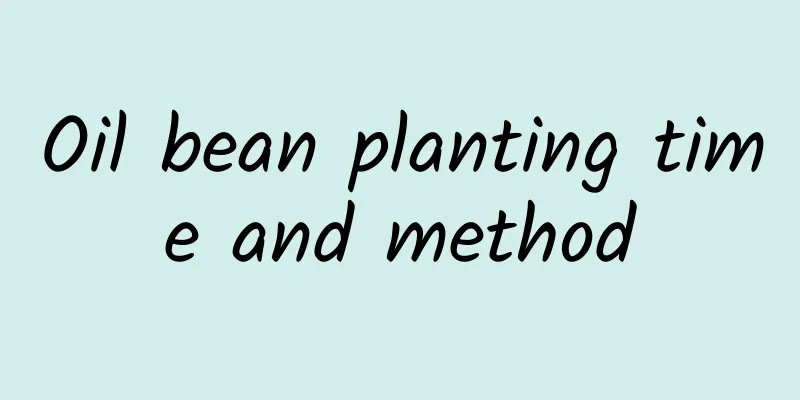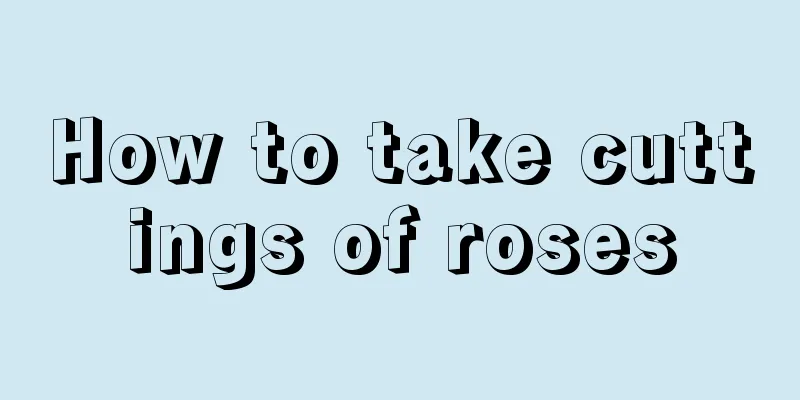How to sow poppy seeds

Poppy seed sowing timeThe best time to sow poppies is from March to June and from August to October each year. The poppy seeds sown during these two periods have the highest germination rate and grow the best. Poppies can be sown in spring and autumn. They can be sown in March and will germinate in about a week and bloom in about two months. If they are sown in autumn, they will not bloom until the spring of the following year. Poppy seeds sow in summerPoppy seeds cannot be sown in summer. Under normal circumstances, poppy seeds should be sown in spring and autumn each year. How to sow poppy seedsPoppy is generally sown in September, but can also be sown in spring. The sowing distance between seedlings will vary depending on the sowing time. The autumn sowing distance is 20-30 cm, and the spring sowing distance is 15-25 cm. The suitable germination temperature is 15-20 degrees, and the seedlings will emerge about a week after sowing. Management of sowing poppy seeds1. Seed treatment The seeds of poppy are very small. It is best to soak the seeds in warm water for one to two days before sowing. This will remove impurities on the surface. At the same time, the seeds will swell and the skin will soften, making them easier to germinate. You can mix some fine sand with the poppy seeds, which will make it easier to take when sowing and the sowing will be more even. 2. Germination after sowing There is no strict time limit for how many days it takes for poppy seeds to germinate, because poppy seeds need many conditions to germinate. When these conditions are met, poppy seeds can germinate successfully. The most important conditions for seed germination are soil, temperature, and humidity. It usually takes 1-2 weeks, or 7-14 days, to germinate successfully. 3. Seed germination (1) Remove weeds around the seedlings in time. At this time, the poppy seeds have just germinated, the leaves are relatively thin, pine needle-shaped, and the growth is weak. If there are weeds around them, it will hinder the growth of the seedlings. (2) Selecting seedlings: After the seedlings have grown out, observe their growth. If the seedlings are too close to each other, remove the weaker seedlings to leave some growth space for the better-growing seedlings to facilitate their subsequent growth. (3) Pay attention to the fertilization and protection of seedlings. If you want the seedlings to grow well, fertilization must be considered. Fertilizer can be applied when the seedlings grow to two to three inches high. Different fertilizers should be applied at different stages. (4) Growth environment: Pay attention to the growth environment of poppy. The seedlings are suitable for growing in an environment with moderate soil moisture. In the later stage of seedling growth, in order to prevent the influence of weather on its growth, a fence can be built around the seedlings. |
<<: How many years does it take for a jujube tree to bear fruit?
>>: How often should you water your willow tree?
Recommend
How to deal with hyacinth after it blooms and how to save seeds
1. How to deal with hyacinth after it blooms 1. P...
The leaves of these 5 kinds of flowers will rot in summer, but they will turn green in no time with just one cut!
What should I do if the leaves of pennywort are r...
What to do if the leaves of leek lotus turn yellow
Causes of yellowing leaves Too much water Chives ...
Does Bougainvillea Blue Moon bloom frequently?
Bougainvillea Blue Moon is divided into dark-spot...
Loquat tree grafting time and method
1. Grafting time The best time to graft this type...
How much is the average yield of oil sunflower per mu? Analysis of oil sunflower per mu yield and income
Oil sunflower yield per mu 3,800 sunflower plants...
The difference between cherry crystal and triangular glass lotus
Differences between varieties: Sakura crystal bel...
Are succulents afraid of freezing? How to grow them in winter
1. Are succulents afraid of freezing? There are m...
Difference Between Asiatic and Oriental Lilies
1. Differences in the stems Asiatic lily is a per...
What should I do if the Baocao Yulu grows too tall?
What does the growth of Baocao Yulu look like? Af...
Tips for pruning the branches of red spider lilies, how to prune red spider lilies
1. Flower repair After the red spider lily blooms...
What flowers are suitable for growing in Foshan? What are the city flowers and trees?
1. Foshan’s Climate Characteristics Foshan has a ...
What is the suitable season for growing cherries?
Cherries have bright colors, delicious taste and ...
When is the best time to plant lotus?
More and more gardening enthusiasts choose to gro...
Diseases and Pests of Hosta and Their Control
Pests of Hosta In summer, care should be taken to...









